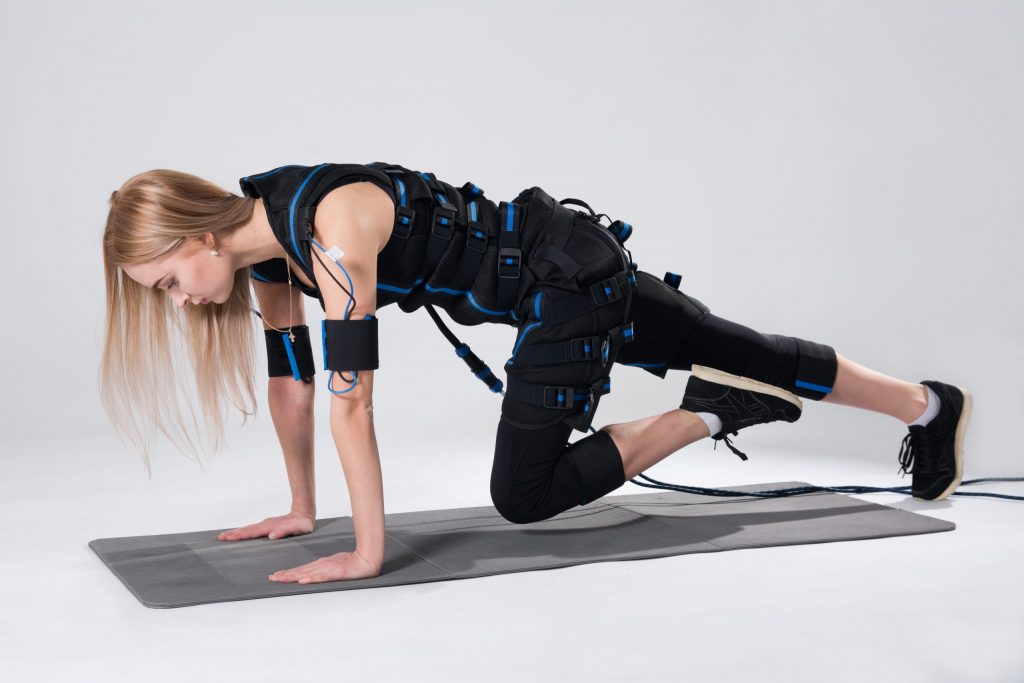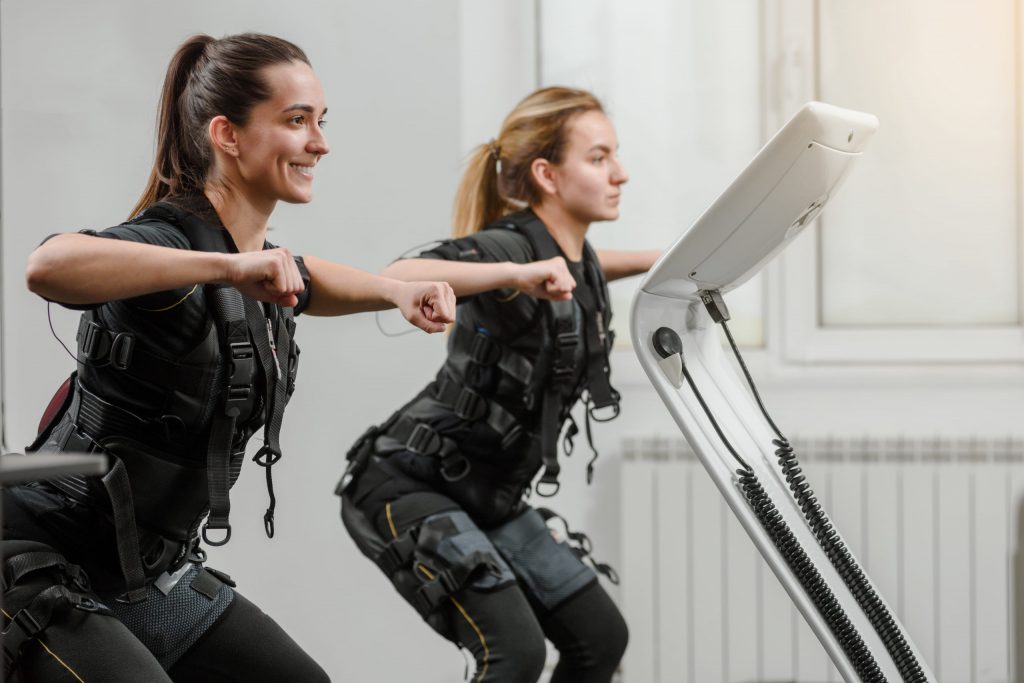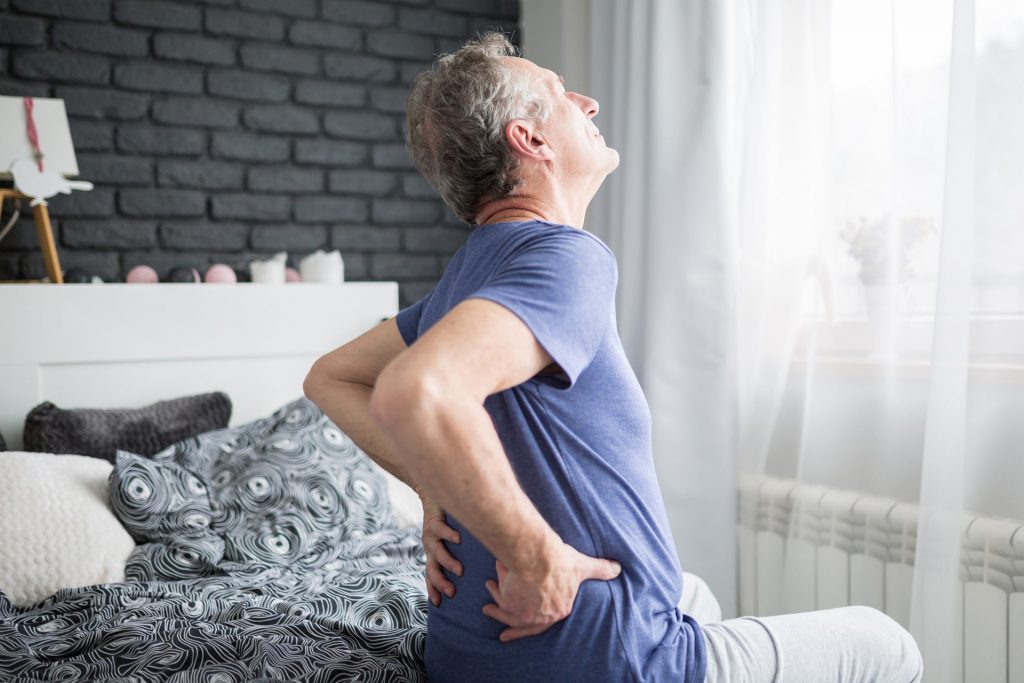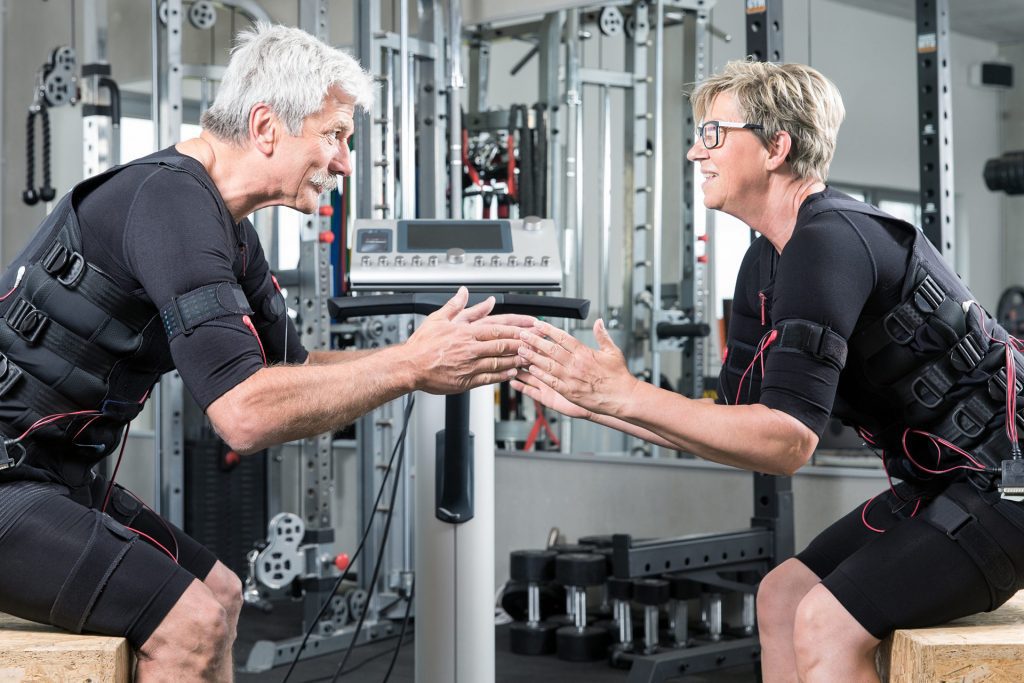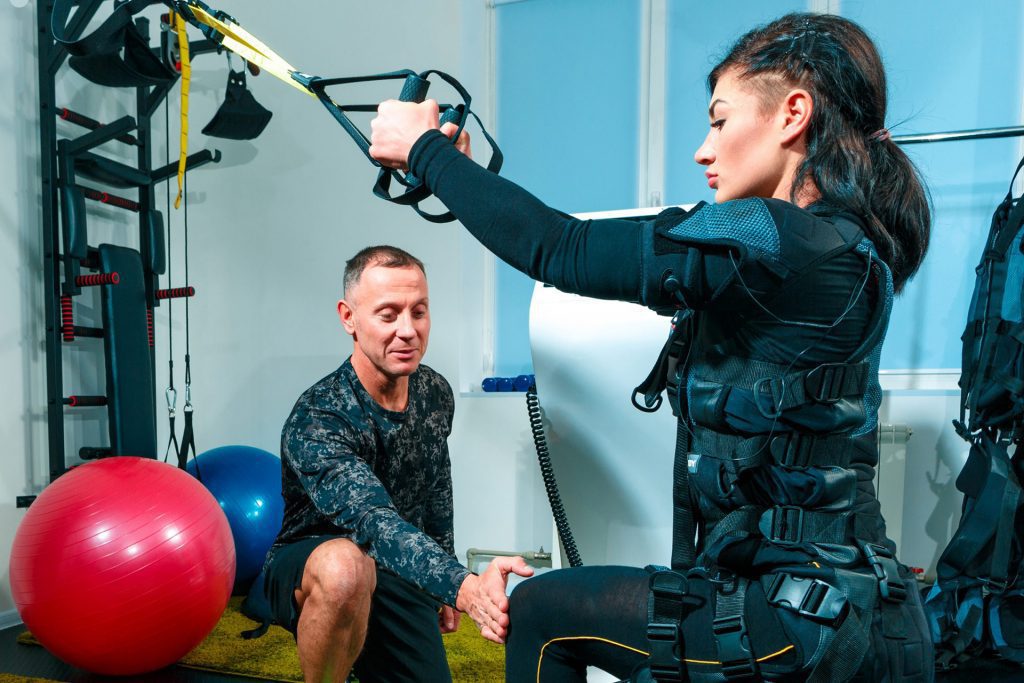EMS Can Aid in Weight Loss in Healthy Adults
Background: Researchers studies effect of EMS at different intensities on energy expenditure (oxygen and calories) in healthy adults. Method: 40 sedentary healthy adults (18 males, 22 females) underwent EMS across various intensities (E1 – sensory level, E2 – motor threshold, E3 – maximal intensity comfortably tolerated). Cardiopulmonary gas exchange was evaluated during rest, EMS and […]
EMS Can Aid in Weight Loss in Healthy Adults Read More »


